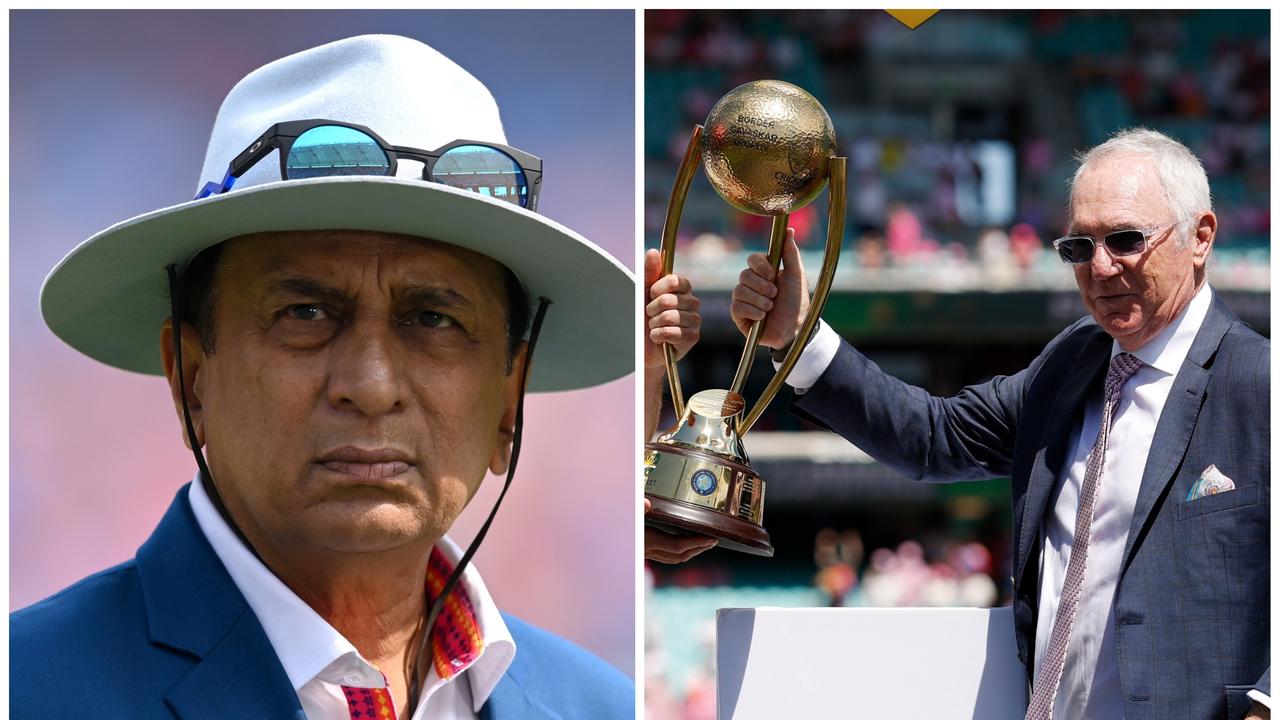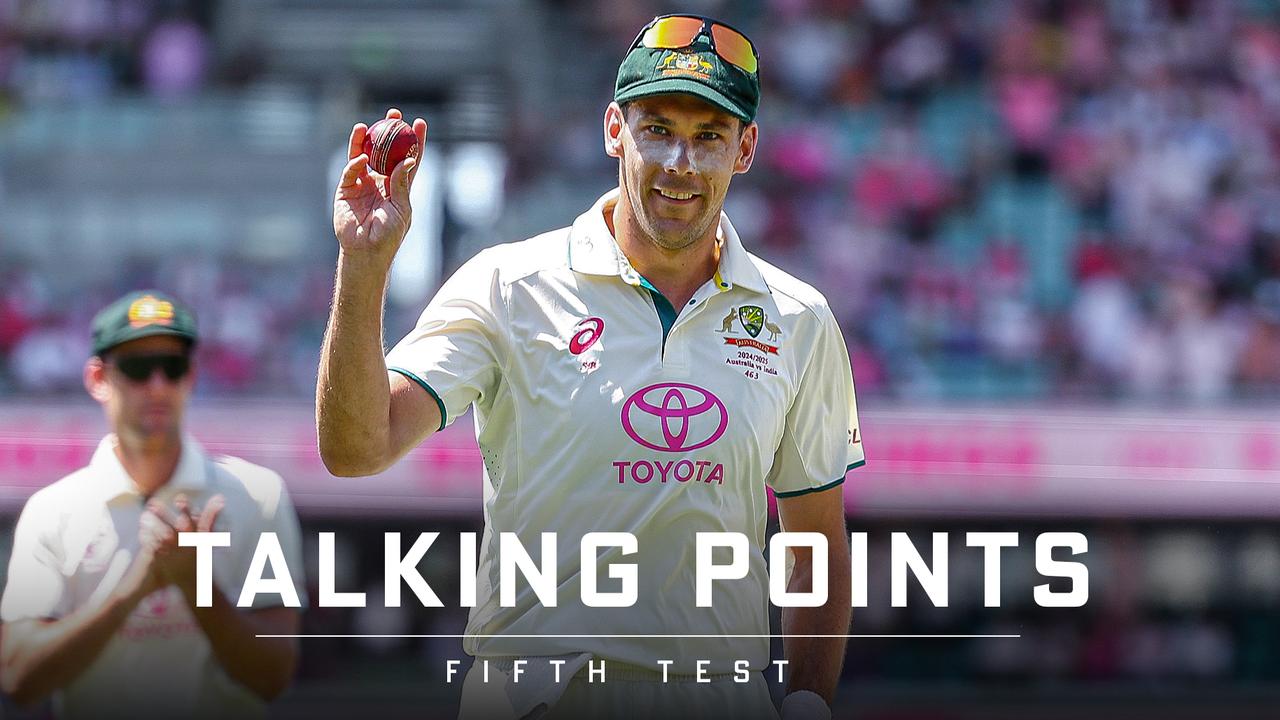Bumrah’s blow-up at Konstas exposes Indian fault lines

- by Admin
- January 3, 2025

The edge evident in that last few overs of the day provided a window into how harried India have felt over the past few weeks, as they have gradually lost the advantage hard-won in the first Test in Perth.
Frustration about losing so dramatically in Melbourne had tumbled out in recent days, first via credible reports out of India that exposed fractures in the dressing room, and the new coach Gautam Gambhir’s fiery attempts to assert control.
A team selection cull saw Rohit Sharma relieved of the captaincy and replaced by Bumrah, while Virat Kohli asserted himself as the senior batter in the team despite struggling almost as much over the past couple of years as the now former captain.
After a first-ball reprieve by the one or two blades of grass umpire Joel Wilson decided were enough for him to rule out a Steve Smith parry to Marnus Labuschagne, Kohli had the chance to take command.
But none of India’s batters were able to do so, reflecting excellent bowling by Scott Boland, in particular, but also a lack of certainty about their tactical approach. Currently, India are caught between the viewpoint espoused over a couple of years by Rohit – namely to take the attacking approach at all times – and Gambhir’s fighting rhetoric.
Back in October, during what became a surprise series defeat at home to New Zealand, Rohit had been bullish about his desire for the team to keep attacking.
“When we are behind the game, that is where you want to press your pedal even more, and try to make an impact, try to not let the opposition know that we are under pressure or we are behind the game,” he said. “When you are actually behind, you want to try and do extraordinary things and play without any fear.”
On his way: Virat Kohli.Credit: Getty Images
Fear has mounted, however. Rohit paid for his own struggles with his place, and Gambhir’s pugilistic rhetoric has been all about foregoing personal preferences in the name of the team.
That approach was taken to extremes by Rishabh in particular, who weathered a series of blows on the body in the slowest of all his Test innings. As he crumpled to the turf on numerous occasions to seek treatment from the Indian team physio, Rishabh seemed to be trying to live out Gambhir’s words.
Loading
“There is only one tendency and only one discussion. It’s the team first, and it’s the team first ideology that matters,” Gambhir said. “In the team, if you need to play in a certain way, I think you’ve got to do it. You have to expect players to do what the team needs you to do.”
There was only one problem here. Dour defending does not necessarily suit this Indian side, whether seasoned players like Kohli, emergent talents like Rishabh Pant or youthful figures like Yashavsi Jaiswal.
And those frustrations appeared to tumble out when the tourists were again confronted by Konstas, who has been given full licence to go after Bumrah and company, even if it does not always look correct or “team-first”.
Earlier this week, Australia’s much-respected former captain Allan Border pointed out that a collective approach mixing freewheeling players and more solid types is likely to work best in Test matches.
Loading
“If you’ve got a couple who can go hard like that and bat around other really solid players, you’re going to make some big scores, make runs quickly, and give your bowlers plenty of time to do their thing,” Border told this masthead.
It is beyond doubt that in the current Australian side, every player knows their role. Boland, Pat Cummins, Mitchell Starc and even debutant Beau Webster played this out in fine style on day one.
But for India, there is an identity crisis brewing. The sight of Bumrah snapping back at Konstas certainly looked more like some of Kohli’s uglier moments than what spectators have become used to seeing from India’s spearhead.
The Latest News
-
January 5, 2025Wimbledon champion Krejcikova out of Australian Open
-
January 5, 2025Cruz Hewitt cops former world no.16 in Australian Open qualifying | Sporting News Australia
-
January 5, 2025Aussies set to begin Australian Open 2025 qualifying campaigns
-
January 5, 2025Why Virat Kohli’s cheap shot made Australia’s era-defining win even sweeter
-
January 5, 2025Australian government under criticism for spending over $450K on ‘welcome ceremonies’ – Times of India




